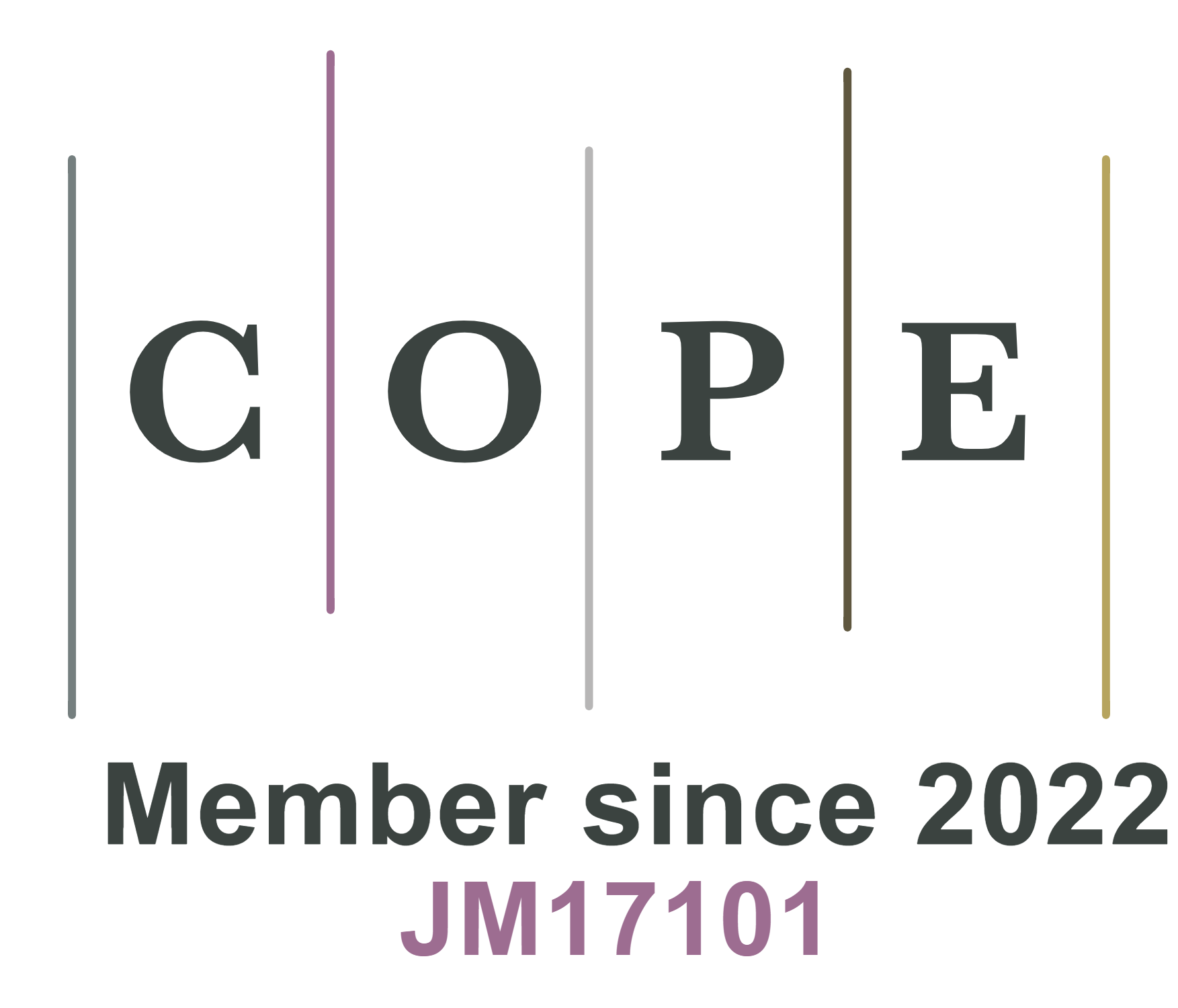fig3

Figure 3. An overview of LIB and CFC band structures from semiconductor electrochemical aspects. (A) Schematic of working principle and energy diagram at LIB/CFC electrode (semiconductor) interface with the electrolyte, in which the Fermi levels are in equilibrium positions. Copyright from Ref.[22]. (B) Schematic of working principle and energy diagram for a CFC without an electrolyte, Copyright from Ref.[22]. (C) Relative energy positions of LiCoO2 cathode with respect to HOMO and LUMO of liquid electrolyte in a LIB. Copyright from Ref.[11]. (D) Energy level diagram of LiCoO2/DEC interface established from low-temperature adsorption of DEC (alkyl carbonate solvent) electrolyte. Copyright from Ref.[24]. (E) Band bending and alignment occurring in CeO2 electrolyte CFC, resulting in a double-layer device due to P/N junction formed under H2/air fuel cell conditions. Copyright from Ref.[25]. (F) Band bending and alignment situation and device working principle for semiconductor cubic silicon carbide (3C-SiC)/ZnO electrolyte in a CFC. Copyright from Ref.[26].










